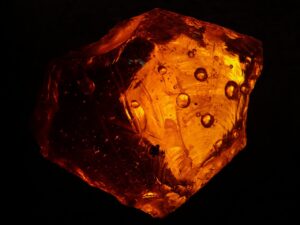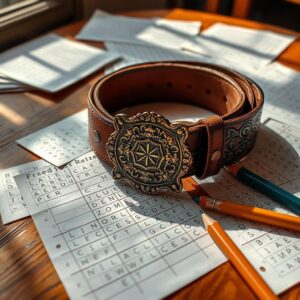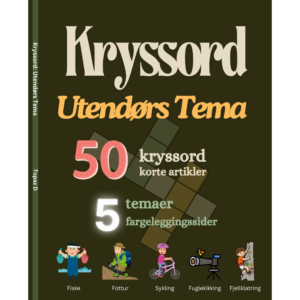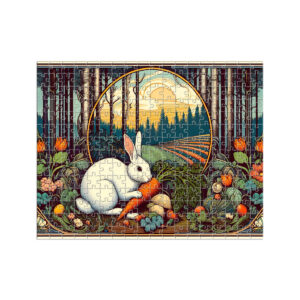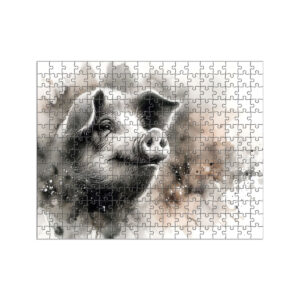
Explore & Play
Discover interesting topics and solve the accompanying crossword puzzle.
Goddess Crossword | Explore Female Deities
Table of Contents
Welcome to our exploration of female deities! To enrich your experience, you can start by tackling the Goddess crossword to test your knowledge of these powerful figures. If you’re new to the topic, feel free to dive into the article first for a comprehensive overview and then return to the crossword to challenge yourself further. Enjoy your journey through the divine feminine!
Goddess Crossword
You can either fill in the crossword puzzle directly on this page or click the button in the bottom right corner to print it for free.
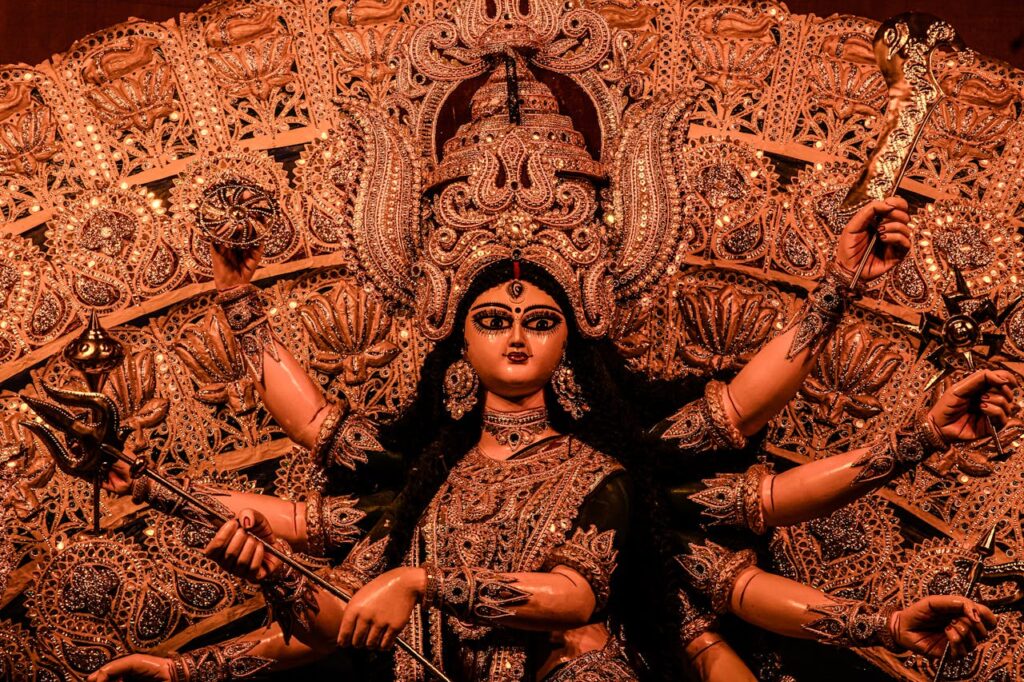
The Divine Feminine: Exploring the Roles and Attributes of Female Deities Across Cultures
Female deities have long captivated human imagination, symbolizing various aspects of life, nature, and the divine across cultures and time periods. In this article, we will embark on a journey to explore the rich tapestry of female deities from around the world, examining their roles, attributes, and cultural significance.
1. Greek Goddesses: Wisdom, Love, and War
Greek mythology is renowned for its pantheon of powerful female deities who embody wisdom, love, and various aspects of human experience.
1.1 Athena: The Goddess of Wisdom and Warfare
Athena, the Greek goddess of wisdom and warfare, is celebrated for her strategic prowess and role as a protector of the city of Athens. Born from the head of Zeus, she symbolizes intellect and strategic warfare rather than brute force. Her wisdom is unmatched, and she often appears as a guide to heroes, such as Odysseus, during their quests. Athena’s association with the olive tree, which represents peace and prosperity, underscores her dual role in both nurturing and defending her city.
1.2 Hera: The Queen of the Gods
As the queen of the Greek gods, Hera plays a central role in mythological narratives, often depicted as the goddess of marriage and family. Despite her regal status, Hera’s marriage to Zeus is fraught with jealousy and conflict, reflecting the complexities of her divine role. She is also known for her protector role over women and childbirth, and her sacred animals, such as the peacock, symbolize her majesty and watchfulness.
1.3 Aphrodite: The Embodiment of Love and Beauty
Aphrodite, the goddess of love and beauty, influences the hearts and minds of mortals and gods alike. Emerging from the sea foam, she represents the allure and power of love, which can inspire both creativity and chaos. Her myths often revolve around themes of romance and desire, and she is frequently associated with the doves and roses that symbolize her enchanting nature.
1.4 Artemis: The Protector of the Wild
Artemis, the goddess of the hunt and wilderness, is revered for her independence and connection to nature. Known for her swift and fierce nature, Artemis protects wildlife and is often depicted with a bow and arrows. Her role as a guardian of young women and her affinity with the moon further emphasize her role as a protector of both nature and human purity.
1.5 Demeter: The Goddess of the Harvest
Demeter, associated with agriculture and the harvest, underscores the vital link between humanity and the earth’s fertility. Her grief over the abduction of her daughter Persephone results in the changing seasons, symbolizing the cycle of life and growth. Demeter’s festivals, such as the Eleusinian Mysteries, celebrated the vital role she plays in sustaining human life.
1.6 Hestia and Persephone: Hearth and Spring
While Hestia presides over the hearth and domestic life, symbolizing warmth and family unity, Persephone embodies the changing seasons and the cycle of life and death. Hestia’s presence in every home’s hearth is a reminder of the importance of family and domestic stability. In contrast, Persephone’s dual role as both the queen of the underworld and the goddess of spring reflects the balance between life’s joys and sorrows.
1.7 Hecate: The Mistress of Magic
Hecate, the goddess of magic and the night, holds a unique place in Greek mythology as a powerful and mysterious figure. She is often depicted with three heads or faces, symbolizing her dominion over the past, present, and future. Hecate’s association with the moon and her role as a guide through transitions highlight her influence over both the physical and metaphysical realms.
2. Egyptian Goddesses: Magic, Love, and Protection
In ancient Egypt, goddesses represented various aspects of life, from magic and love to protection and the afterlife.
2.1 Isis: The Goddess of Magic and Motherhood
Isis, a prominent Egyptian goddess, is known for her magical abilities and her role as a nurturing mother. She is celebrated for her wisdom and her ability to heal and protect, especially as a mother to Horus. Isis’s myths, including the story of her efforts to resurrect Osiris, highlight her significance in Egyptian religion as a figure of compassion and magical prowess.
2.2 Hathor: The Goddess of Love and Music
Hathor, with her associations with love, music, and fertility, played a key role in Egyptian religion and culture. Often depicted with the head of a cow or as a woman with cow’s ears, Hathor embodies nurturing and maternal qualities. Her festivals, which included music and dance, celebrated her role as a goddess of joy and love.
2.3 Sekhmet: The Warrior and Healer
Sekhmet, the lioness-headed goddess, embodies both the fierce aspects of war and the healing powers needed for recovery. As a deity of war, she is known for her destructive power, but she also plays a crucial role in healing and protection. Her dual nature underscores the balance between destruction and healing in Egyptian cosmology.
2.4 Nut and Nephthys: Sky and Night
Nut, the sky goddess, and Nephthys, associated with night and mourning, represent the profound cosmic and emotional aspects of Egyptian belief. Nut’s arching form over the earth symbolizes the vault of the sky, while Nephthys’s role as a mourner and protector emphasizes the emotional depth of the divine.
3. Norse Goddesses: Love, Fate, and the Afterlife
Norse mythology offers a pantheon of female deities who influence aspects of fate, love, and the afterlife.
3.1 Freya: The Goddess of Love and Fertility
Freya, a central figure in Norse mythology, is celebrated for her associations with love, fertility, and beauty. As a member of the Vanir tribe of deities, she embodies both sensuality and strength. Freya’s magical necklace, Brísingamen, and her chariot drawn by cats reflect her divine allure and power.
3.2 Frigg: The Goddess of Marriage
As the goddess of marriage and motherhood, Frigg holds a significant role in the Norse pantheon. She is known for her wisdom and her ability to foresee the future, although she rarely reveals what she knows. Frigg’s nurturing role and her love for her son Baldr highlight her importance in the domestic and divine realms.
3.3 Hel: The Ruler of the Underworld
Hel, the goddess who presides over the Norse underworld, governs the realm of the dead and the afterlife. As the daughter of Loki, she is often portrayed with a half-rotten appearance, symbolizing her dominion over death and decay. Hel’s role in the underworld reflects the Norse view of death and the afterlife.
3.4 Sif and Skadi: Earth and Winter
Sif, associated with the earth, and Skadi, the goddess of winter and hunting, represent different aspects of the natural world. Sif’s golden hair, symbolizing the ripened grain, connects her to the fertility of the earth. Skadi’s role as a goddess of winter and the hunt underscores her connection to the harsh and beautiful aspects of nature.
4. Celtic Goddesses: Fire, Fertility, and War
Celtic mythology features a diverse array of goddesses, each with unique attributes related to fire, fertility, and warfare.
4.1 Brigid: The Goddess of Fire and Poetry
Brigid, a multifaceted Celtic goddess, is revered for her associations with fire, poetry, and healing. She is celebrated during the festival of Imbolc, marking the beginning of spring. Brigid’s attributes, including her role as a goddess of inspiration and craftsmanship, reflect her importance in Celtic spiritual and cultural life.
4.2 Danu: The Mother of the Gods
Danu, the mother goddess of fertility and creation, holds a central place in Celtic cosmology. She is often associated with the river Danube and is considered the progenitor of the Tuatha Dé Danann, a race of deities and heroes. Danu’s role as a nurturing and creative force highlights her significance in Celtic myth and ritual.
4.3 Morrigan and Epona: War and Horses
Morrigan, the goddess of war and fate, and Epona, the goddess of horses and fertility, embody important aspects of Celtic belief. Morrigan’s associations with battle and prophecy reflect her role in shaping the fate of warriors. Epona’s connection to horses and fertility underscores her role in agriculture and transportation.
5. Hindu Goddesses: Creation, Preservation, and Destruction
Hinduism’s rich tapestry includes female deities who represent the forces of creation, preservation, and destruction.
5.1 Kali: The Goddess of Destruction
Kali, known for her fierce and transformative nature, symbolizes destruction and the transformative power of change. Her dark complexion and garland of skulls reflect her role in overcoming ignorance and fear. Kali’s worship involves both reverence for her power and acknowledgment of her role in cosmic renewal.
5.2 Lakshmi and Saraswati: Wealth and Knowledge
Lakshmi, the goddess of wealth and prosperity, and Saraswati, the goddess of knowledge and arts, represent important aspects of Hindu spirituality. Lakshmi’s association with prosperity and success contrasts with Saraswati’s focus on wisdom and learning. Both deities play crucial roles in the lives of devotees, reflecting the balance between material and intellectual pursuits.
5.3 Parvati and Durga: Devotion and Protection
Parvati, the wife of Shiva, and Durga, a fierce warrior goddess, highlight different aspects of feminine divine energy. Parvati’s role as a devoted wife and mother contrasts with Durga’s role as a protector and destroyer of evil. Their stories illustrate the diverse expressions of feminine strength and devotion within Hinduism.
6. Native American Goddesses: Earth, Water, and Spirituality
Native American mythologies feature goddesses who embody the elements and spiritual forces of nature.
6.1 Spider Woman and White Buffalo Calf Woman: Creation and Ritual
Spider Woman, a deity in various Native American traditions, is often associated with creation and weaving. Her role as a creator and teacher highlights the importance of craft and tradition. White Buffalo Calf Woman, another important figure, is revered for her role in bringing sacred rituals and teachings to the Lakota people. Both goddesses reflect the deep connection between spirituality and the natural world.
6.2 Corn Mother and Earth Woman: Agriculture and Fertility
Corn Mother, also known as the Corn Maiden, represents the vital role of agriculture in Native American cultures. Her connection to corn and fertility underscores the importance of agricultural cycles. Earth Woman, similarly, symbolizes the nurturing and sustaining aspects of the earth, reflecting the reverence for the land in many Native American traditions.
7. Japanese Goddesses: Sun, Fertility, and the Sacred
Japanese mythology includes goddesses who embody aspects of the sun, fertility, and sacred spaces.
7.1 Amaterasu: The Sun Goddess
Amaterasu, the goddess of the sun and the universe, is a central figure in Shinto belief. Her emergence from the cave symbolizes the return of light and order to the world. As the ancestress of the Japanese imperial family, Amaterasu’s role reflects her profound significance in both religious and national identity.
7.2 Inari: The Goddess of Fertility and Agriculture
Inari, associated with fertility and agriculture, is often depicted with foxes and rice. Her role in ensuring agricultural success and prosperity highlights her importance in Japanese culture. Inari’s worship involves offerings of rice and other goods, reflecting her connection to sustenance and growth.
7.3 Benzaiten: The Goddess of Music and Arts
Benzaiten, the goddess of music, arts, and knowledge, is revered for her creativity and wisdom. She is often depicted playing a biwa, a traditional Japanese lute. Benzaiten’s role as a patroness of the arts underscores her influence on cultural and spiritual life in Japan.
Conclusion: Celebrating the Divine Feminine
The exploration of female deities from various mythologies reveals a rich and diverse tapestry of divine feminine attributes. From wisdom and love to protection and transformation, these goddesses continue to inspire and influence our understanding of the divine. As you reflect on their stories and significance, consider how they shape our perceptions of femininity and divinity.
To further immerse yourself in the world of these powerful goddesses, take a moment to challenge your knowledge with our goddess-themed crossword puzzle.
Share to...
I hope you enjoy the content.
Want to receive our daily crossword puzzle or article? Subscribe!
You may also be interested in
Share to…
Want to receive our daily crossword puzzle?
-
Jigsaw Puzzles
Art Nouveau Puzzle – White Rabbit in a Whimsical Garden 250 | 300 | 500 Pieces
kr 348,00 – kr 439,00Price range: kr 348,00 through kr 439,00 Select options This product has multiple variants. The options may be chosen on the product page -
Jigsaw Puzzles
Elegant Pig Zodiac Watercolor Jigsaw Puzzle 250 | 300 | 500 Brikker
kr 348,00 – kr 439,00Price range: kr 348,00 through kr 439,00 Select options This product has multiple variants. The options may be chosen on the product page -
Jigsaw Puzzles
Lofoten Serenity: Abstract Puzzle 250 | 300 | 500 Pieces
kr 348,00 – kr 439,00Price range: kr 348,00 through kr 439,00 Select options This product has multiple variants. The options may be chosen on the product page





